An unnoticeable, transparent - natural lens is located just behind the coloured part of the eye. This lens is very transparent which is why we see the pupil as the colour black. This lens reflects the light which is received by the eye on a layer of nerves, and it must definitely be transparent so that light can reach the layer of nerves. If the lens loses its transparency and becomes blurred, this is known as cataract. This opacity can occur in any part of the lens or all around it.
What is Cataract? How does it occur?
An unnoticeable, transparent - natural lens is placed just behind the coloured part of the eye. This lens is very transparent so that we see the pupil in the colour of black. This lens reflects the lights which is received by the eye on a layer of nerves, and it must be definitely transparent so that the light can reach nerves. Anyhow, if this lens loses its transparency and gets blurred, this is called Cataract. This opacity can occur in any part of the lens or all around it.
Is Cataract an Age - Related Problem? Do Young People also get Cataract?
Cataract can be observed at any age, including the babies. It’s very rare at middle-ages. It becomes more frequent when the age is older. 50% of the people between 50-59 ages and almost every person over 59 has this “opacity”. But this opacity doesn’t always affect the near sight significantly.
What causes Cataract?
The first reason of cataract in adults are the changes on the lens related to aging and by the kids, it is mostly because of the metabolic diseases, family marriages, problems & using medication during the pregnancy, microbic situations. Other than these, traumas on the eye, blood sugar, uveitis, kidney diseases, glaucoma, radiation, hypertension and using long time cortisone might cause cataract.
Symptoms of Cataract
• Blurred vision without pain
• Glares on sight and low light sensitivity
• Frequent change of numbers
• Frequent need of cleaning the glasses
• Difficulties while driving
• Low night vision
• Need for strong light while reading
• Double vision with one eye
• Paleness
Can Cataract be Cured with Medicine?
There is no treatment for cataract other than surgical intervention. There are some medication methods being tested, however they are not yet proved and only solution to cataract is a surgical intervention.
When do we need a Cataract Surgery?
It is recommended to have surgical intervention if the patient experiences one of the following:
• Has difficulties in Daily life with the vision.
• If any inflammation in the eye caused cataract and prevents the treatment and follow up.
• If the ocular pressure is increased due to cataract.
• Low vision and cross eye risks if the child is born with cataract.
• Cataract Surgery Methods
For long time, cataract surgeries are performed with PHACO method. It is a painless procedure also without needles and stitches. The eye is benumbed with eye drops and a small incision of 2,2 – 2,4 mm is performed. All the process is performed through this incision. Firstly, a round piece of the membrane which wraps the lens is peeled out. Afterwards, the lens with cataract is thorn into small pieces with the PHACO devices by the help of ultrasonic waves. A new, suitable, artificial intra-ocular lens is planted, and antibiotics are injected. Finally, the incision is closed without stiches.
The newest method nowadays is “Femtosecond Laser Cataract Surgery”
Using the Laser in cataract operations, the procedure is now safer, more comfortable, more trustworthy and less risky than classical phaco method. With laser method, the eye is benumbed and then by the help of computer-controlled laser for 30 – 45 seconds; the incision is made, the front capsule is opened, and the lens is thorn into pieces. The patient doesn’t feel anything at all. Later on, the patient is moved under the surgical microscope and the piece of the lens is removed with the PHACO device. The artificial lens is implanted; the antibiotic is injected, and the operation gets terminated.
What are the specifications of the intra ocular lenses?
There are many kinds of intra-ocular lenses such as the multifocal ones which provides the patient both far sight and close sight, there are also lenses with special colours and tinted ones against the harmful sun lights. The choice of the lens should be made together with the specialist.
What are the superiorities of Femtosecond Laser Cataract Surgery against Classical Phaco Method?
Without scalpels
Computer Automated (Minimum Error Margin)
Less time spent inside the eye, tissues are protected
Splintering of the lens is so fast that the surrounding area is protected
With the Femtosecond method, making the incision and splintering the lens is completed in seconds; without giving any damage to the eye. However, with the classical Phaco method, these processes have complication risks and very related to the talent of the surgeon.
One of the most important advantage is that the thin layer which the lens is extracted from is cut very decent by the help of the laser so that the intra-ocular lens fits inside perfectly.
All the incisions in the classical phaco method are made by the hands of the surgeon so that they all might not be in the same size or the same shape. This might cause the instability of the artificial lens and might affect the eyesight of the patient very negatively.
Femtosecond Lasers are developed especially for the patient who want to get rid of their glasses with the multifocal, trifocal and toric intra-ocular lenses by providing them maximum efficiency. The patients who choose one of those specific lenses should especially consider the Femtosecond Laser Method.
Post-operative care
Eye is covered with a bandage after the operation which will stay on your eyes until your doctor will tell you. You mustn’t make pressure on the eye and mustn’t rub it. Driving is also not recommended right after the operation. The prescribed medicines (pomades, drops, tablets or syrups) should be used according to the physician’s instructions. The hygiene is very important after the surgery so the hands should be washed before applying the medications. The tips of the pomades or drops should be avoided from the eyelashes, eyelids, skin, hand, tissues in order to prevent any bacteria & microbic related discomforts. Post-operative controls are done in the first day, first week and first month. Between these controls, the eye is protected against microbes with the drops and the healing process is accelerated. The instructions of the physician should be applied carefully after the operation.
Can cataract relapse after the operation?
Cataract doesn’t relapse one more time after the operation. The thin layer in which the lens is implanted might get blurred after a while. This is called “secondary cataract” colloquially. However, this is actually not a cataract and can be treated via laser easily. There are also rare occasions observed in children or where the thin layer gets thicker, it can be also fixed with surgery.
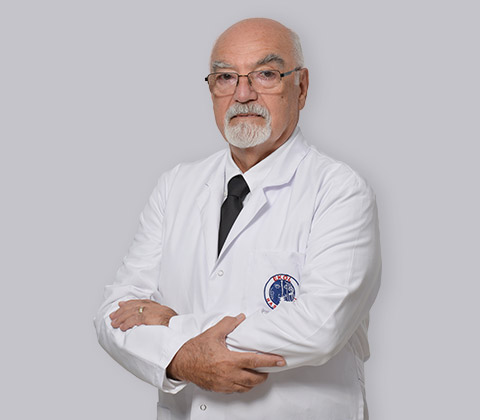 He was born in Ankara in 1945. He attended TED Ankara College, İzmir Bornova Anatolian High School and Ege University, Faculty of Medicine between 1963 and 1969, respectively. Upon his graduation, he started his specialization at Ege University, Faculty of Medicine, Eye Diseases Department and assumed the title of Eye Diseases Specialist in 1971. Between 1974 and 1975, he performed his military service as an ophthalmologist in Hatay Military Hospital in İzmir. After that, he was educated on Retinal Diseases and Lasers in Ophthalmology Clinic of the Faculty of Medicine at University of Gant, Belgium for 1 year. In 1977, he assumed the title of Associate Professor of Ophthalmology, and he founded and operated Retina and Contact Lenses units in Ege University, Faculty of Medicine, Department of Eye Diseases. In 1982 he became a Professor of Eye Diseases. Between 1992 and 2000, he served as the Head of Department of Eye Diseases, Faculty of Medicine, Ege University. In the meantime, he published 3 books and more than 150 domestic and foreign scientific papers, and about 170 papers in national and international congresses. He is married to Dr. Nigar Erbakan and has two sons.
He was born in Ankara in 1945. He attended TED Ankara College, İzmir Bornova Anatolian High School and Ege University, Faculty of Medicine between 1963 and 1969, respectively. Upon his graduation, he started his specialization at Ege University, Faculty of Medicine, Eye Diseases Department and assumed the title of Eye Diseases Specialist in 1971. Between 1974 and 1975, he performed his military service as an ophthalmologist in Hatay Military Hospital in İzmir. After that, he was educated on Retinal Diseases and Lasers in Ophthalmology Clinic of the Faculty of Medicine at University of Gant, Belgium for 1 year. In 1977, he assumed the title of Associate Professor of Ophthalmology, and he founded and operated Retina and Contact Lenses units in Ege University, Faculty of Medicine, Department of Eye Diseases. In 1982 he became a Professor of Eye Diseases. Between 1992 and 2000, he served as the Head of Department of Eye Diseases, Faculty of Medicine, Ege University. In the meantime, he published 3 books and more than 150 domestic and foreign scientific papers, and about 170 papers in national and international congresses. He is married to Dr. Nigar Erbakan and has two sons.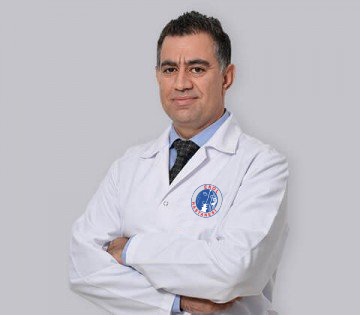 Dr Esat Çınar was born in Diyarbakır in 1976. He started İstanbul University, Faculty of Medicine in 1997 and graduated in 2003. He completed his speciality degree between 2003 and 2009 at İzmir Ege University, Faculty of Medicine, Ophthalmology Department. He was in charge of Glaucoma and Cornea Departments as a Deputy Associate Professor in İzmir University Hospital Faculty of Medicine, Department of Ophthalmology. He studied “Keratoplasty” in Ege University, Faculty of Medicine for 6 months (also known as “eye transplant”). He also was in charge of the controls of the premature babies’ in İzmir University Ophthalmology Department. He attended the course for vivisection both in clinical and laboratory fields for one month. His special interests are; Cataract surgery (multifocal, trifocal and thoric intraocular lenses), Cataract surgery with laser (Femtosecond Cataract), Keratoplasty, glaucoma surgery (non-penetrant surgeries such as viscocanalostomy, deep sclerotomy), Excimer Laser Surgeries (Lasik, Lasek, PRK), medical retinal diseases. He has many published articles in international indexes. He has many verbal and written presentations in national and international scientific meetings. He is an active member of the Turkish Association for Ophthalmology. He speaks fluent English and has one child.
Dr Esat Çınar was born in Diyarbakır in 1976. He started İstanbul University, Faculty of Medicine in 1997 and graduated in 2003. He completed his speciality degree between 2003 and 2009 at İzmir Ege University, Faculty of Medicine, Ophthalmology Department. He was in charge of Glaucoma and Cornea Departments as a Deputy Associate Professor in İzmir University Hospital Faculty of Medicine, Department of Ophthalmology. He studied “Keratoplasty” in Ege University, Faculty of Medicine for 6 months (also known as “eye transplant”). He also was in charge of the controls of the premature babies’ in İzmir University Ophthalmology Department. He attended the course for vivisection both in clinical and laboratory fields for one month. His special interests are; Cataract surgery (multifocal, trifocal and thoric intraocular lenses), Cataract surgery with laser (Femtosecond Cataract), Keratoplasty, glaucoma surgery (non-penetrant surgeries such as viscocanalostomy, deep sclerotomy), Excimer Laser Surgeries (Lasik, Lasek, PRK), medical retinal diseases. He has many published articles in international indexes. He has many verbal and written presentations in national and international scientific meetings. He is an active member of the Turkish Association for Ophthalmology. He speaks fluent English and has one child.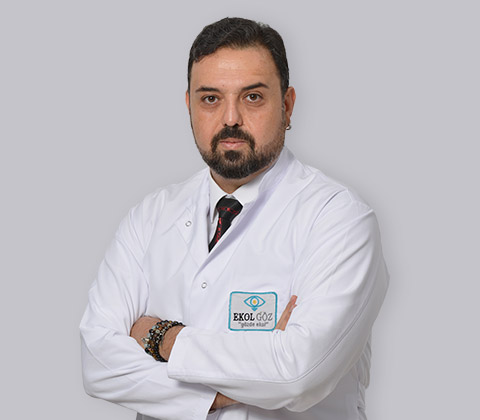 He was born in Izmir, in 1971. He attended summer school at Mids School of English, Eastbourn, England for learning a foreign language while he was in Bornova Anatolian High School and graduated with a high degree. He started his medical education at Ege University and continued with his specialization at JL Uni-Giessen, Germany, where he had the chance of working peer to peer with names such as Prof. Dr. Karl W. Jacobi, Prof Dr. Herbert Kaufmann, Prof. Dr. S. Pavlovic. Then, he found the opportunity to further his education in the field of refractive surgery by working with the most important names, such as Prof. Dr. T. Kohnen, JWG Uni-Frankfurt, Prof. Dr. I. Pallikaris, University of Crete, Prof Dr. Mahmut Kaşkaloğlu, Ege University Faculty of Medicine and Kaşkaloğlu Eye Hospital. Besides, he did scientific studies about medical glaucoma treatment, which is his other field of interest, with Ass. Prof. Dr. Karl Georg Schmidt, CGC Uni-Dresden. He is a member of DOG, ESCRS, ISRS of the AAO and TOD. He is married and has one child.
He was born in Izmir, in 1971. He attended summer school at Mids School of English, Eastbourn, England for learning a foreign language while he was in Bornova Anatolian High School and graduated with a high degree. He started his medical education at Ege University and continued with his specialization at JL Uni-Giessen, Germany, where he had the chance of working peer to peer with names such as Prof. Dr. Karl W. Jacobi, Prof Dr. Herbert Kaufmann, Prof. Dr. S. Pavlovic. Then, he found the opportunity to further his education in the field of refractive surgery by working with the most important names, such as Prof. Dr. T. Kohnen, JWG Uni-Frankfurt, Prof. Dr. I. Pallikaris, University of Crete, Prof Dr. Mahmut Kaşkaloğlu, Ege University Faculty of Medicine and Kaşkaloğlu Eye Hospital. Besides, he did scientific studies about medical glaucoma treatment, which is his other field of interest, with Ass. Prof. Dr. Karl Georg Schmidt, CGC Uni-Dresden. He is a member of DOG, ESCRS, ISRS of the AAO and TOD. He is married and has one child.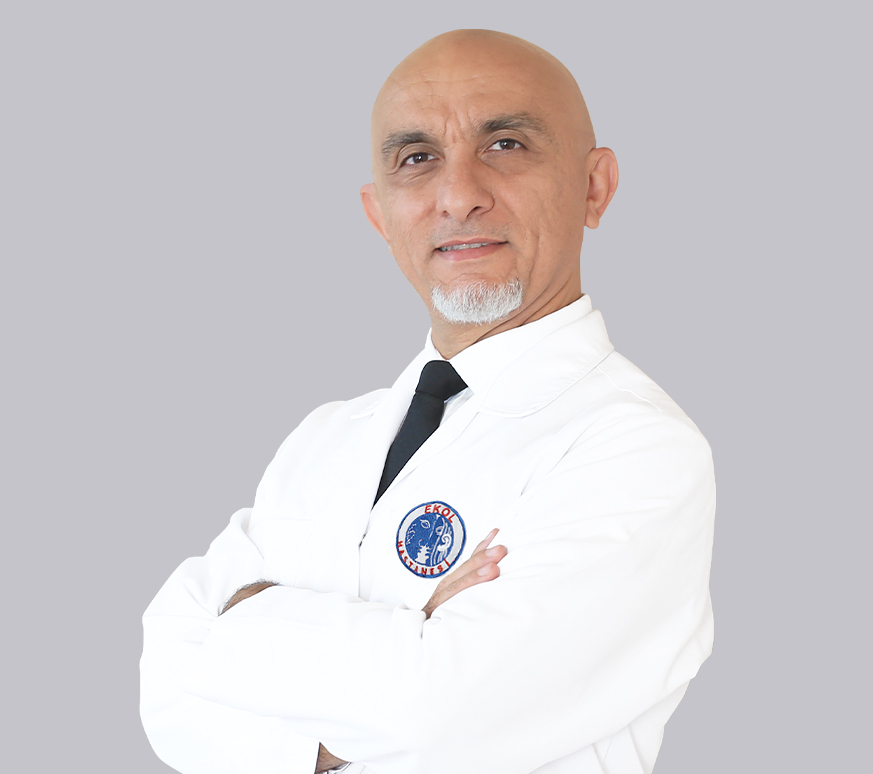 He graduated from Hacettepe University Faculty of Medicine in 1998. He completed his speciality in İzmir Dokuz Eylül University Faculty of Medicine Department of Eye Diseases between 1998 and 2002. He studied Retinal Surgeries in Munich Ludwig – Maximillian University Faculty of Medicine, Department of Eye Diseases. Special Interests: Cataract Surgeries (Multifocal, Trifocal, Toric Intraocular Lenses), Laser Cataract Surgeries (Femtosecond, Laser Cataract), Excimer Laser Surgeries (Lasik, Lasek, PRK) and Medical & Surgical Retinal Surgeries, Eyelid Surgeries. He has many articles published which were also scientifically indexed. He has oral and poster presentations in national & international science meetings. He is an active member of Turkish Society of Ophthalmology. He speaks English & German well, and married with 2 children.
He graduated from Hacettepe University Faculty of Medicine in 1998. He completed his speciality in İzmir Dokuz Eylül University Faculty of Medicine Department of Eye Diseases between 1998 and 2002. He studied Retinal Surgeries in Munich Ludwig – Maximillian University Faculty of Medicine, Department of Eye Diseases. Special Interests: Cataract Surgeries (Multifocal, Trifocal, Toric Intraocular Lenses), Laser Cataract Surgeries (Femtosecond, Laser Cataract), Excimer Laser Surgeries (Lasik, Lasek, PRK) and Medical & Surgical Retinal Surgeries, Eyelid Surgeries. He has many articles published which were also scientifically indexed. He has oral and poster presentations in national & international science meetings. He is an active member of Turkish Society of Ophthalmology. He speaks English & German well, and married with 2 children.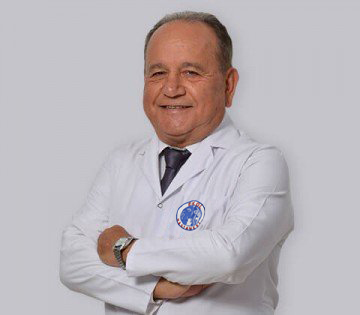 He graduated from Istanbul University, Faculty of Medicine and completed his specialty training in S.S.K Istanbul Hospital in 1984. He worked at Çanakkale State Hospital between 1984 and 2007. After 2007, he worked in private sector health units. He is an active member of The Turkish Ophthalmology Association and American Cataract and Refractive Association. Anterior segment (cataract) medical retina, glaucoma and contact lens are his areas of interest. He has a good command of English.
He graduated from Istanbul University, Faculty of Medicine and completed his specialty training in S.S.K Istanbul Hospital in 1984. He worked at Çanakkale State Hospital between 1984 and 2007. After 2007, he worked in private sector health units. He is an active member of The Turkish Ophthalmology Association and American Cataract and Refractive Association. Anterior segment (cataract) medical retina, glaucoma and contact lens are his areas of interest. He has a good command of English.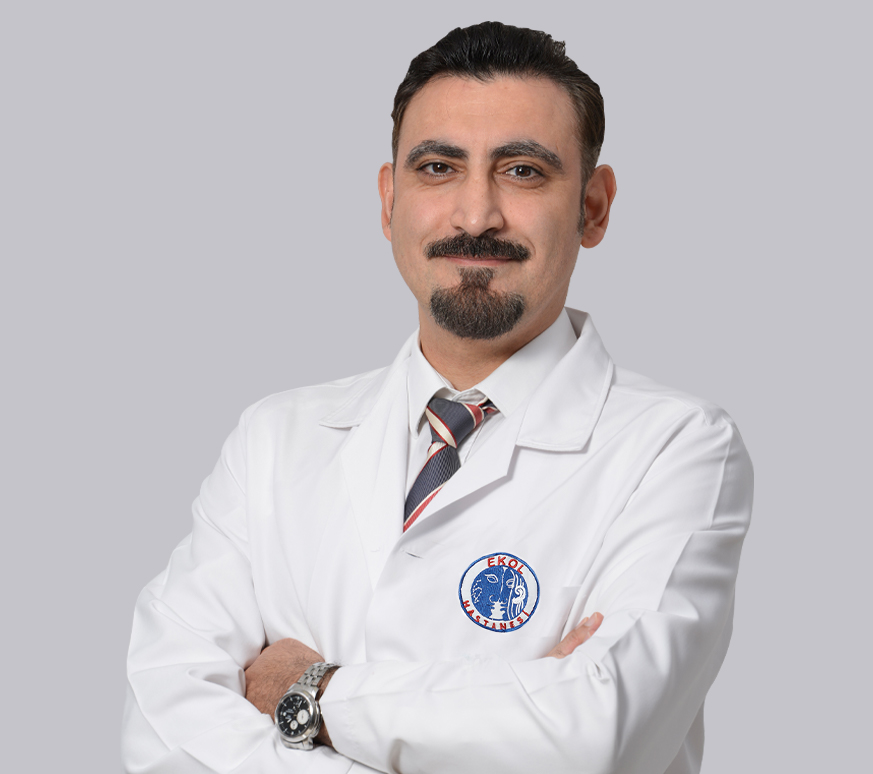 He was born in 1977. He graduated from Ege University. Fields of Interest: Cataract Surgery (Monofocal, Multifocal, Trifocal, EDOF, Toric Lenses) Excimer Laser (Femtosecond LASIK, PRK, No-Touch) ICL Keratoconus - Crosslink, Hard Contact Lens Application, Intrastromal Corneal Ring Strabismus Surgery Oculoplastic Surgery (Eyelid Aesthetic Surgery, Ectropium, Entropium, Ptosis, Probing, Tear Duct Obstruction) Pterygium Surgery (with Autograft) Glaucoma Medical and Laser Therapy Retinal Diseases (Intraocular Drug Injections, Diabetic Retinopathy, Yellow Spot Disease, Retinal Tears) Soft Contact Lens Inspection and Application He is a member of Turkish Association of Ophthalmology. He is married.
He was born in 1977. He graduated from Ege University. Fields of Interest: Cataract Surgery (Monofocal, Multifocal, Trifocal, EDOF, Toric Lenses) Excimer Laser (Femtosecond LASIK, PRK, No-Touch) ICL Keratoconus - Crosslink, Hard Contact Lens Application, Intrastromal Corneal Ring Strabismus Surgery Oculoplastic Surgery (Eyelid Aesthetic Surgery, Ectropium, Entropium, Ptosis, Probing, Tear Duct Obstruction) Pterygium Surgery (with Autograft) Glaucoma Medical and Laser Therapy Retinal Diseases (Intraocular Drug Injections, Diabetic Retinopathy, Yellow Spot Disease, Retinal Tears) Soft Contact Lens Inspection and Application He is a member of Turkish Association of Ophthalmology. He is married.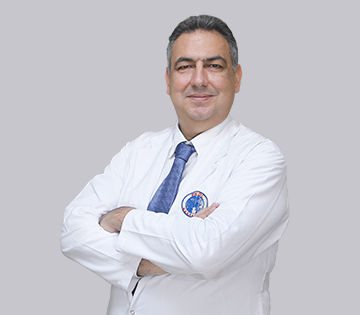 Dr. Kaan Okan Erdem was born in İzmir, in 1968. He finished middle school in Private İzmir Türk College and high school in Atatürk High School. He studied medicine in Selçuk University Faculty of Medicine. He is an active member of European Association of Cataract and Refractive Surgery, European Association of Ophthalmic Plastic and Reconstructive Surgery. He is interested in cataract, refractive surgery, oculoplastic and reconstructive surgery (upper and lower eyelids, tumour removals around the eye, entropium, ectropium ptosis, blepharoplasty), eye ultrasound, medical retinal and glaucoma. He speaks fluent English and married with 2 children.
Dr. Kaan Okan Erdem was born in İzmir, in 1968. He finished middle school in Private İzmir Türk College and high school in Atatürk High School. He studied medicine in Selçuk University Faculty of Medicine. He is an active member of European Association of Cataract and Refractive Surgery, European Association of Ophthalmic Plastic and Reconstructive Surgery. He is interested in cataract, refractive surgery, oculoplastic and reconstructive surgery (upper and lower eyelids, tumour removals around the eye, entropium, ectropium ptosis, blepharoplasty), eye ultrasound, medical retinal and glaucoma. He speaks fluent English and married with 2 children.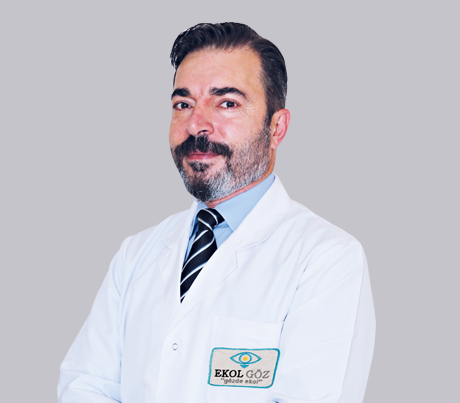 He graduated from Dokuz September University Faculty of Medicine in 1996. He completed his specialized education in the Department of Ophthalmology of the Faculty of Medicine of the Aegean University between 1996-2001 and earned the title of ophthalmologist Dec.
He has published numerous scientific articles that fall into international scientific indexes. There are numerous oral and poster presentations to national and international scientific meetings. He is an active member of the Turkish Ophthalmology Association (Tod).
He speaks good English, Opr. Dr. Uğur Karagöz is the father of 2 children.
Special interests:
Cataract surgery (multifocal, trifocal, Toric intraocular lenses)
Cataract surgery with laser (Femtosecond Laser Cataract)
Excimer laser surgeries (Lasik, Lasek, PRK)
Medical and surgical Retina
Eyelid Surgeries
He graduated from Dokuz September University Faculty of Medicine in 1996. He completed his specialized education in the Department of Ophthalmology of the Faculty of Medicine of the Aegean University between 1996-2001 and earned the title of ophthalmologist Dec.
He has published numerous scientific articles that fall into international scientific indexes. There are numerous oral and poster presentations to national and international scientific meetings. He is an active member of the Turkish Ophthalmology Association (Tod).
He speaks good English, Opr. Dr. Uğur Karagöz is the father of 2 children.
Special interests:
Cataract surgery (multifocal, trifocal, Toric intraocular lenses)
Cataract surgery with laser (Femtosecond Laser Cataract)
Excimer laser surgeries (Lasik, Lasek, PRK)
Medical and surgical Retina
Eyelid Surgeries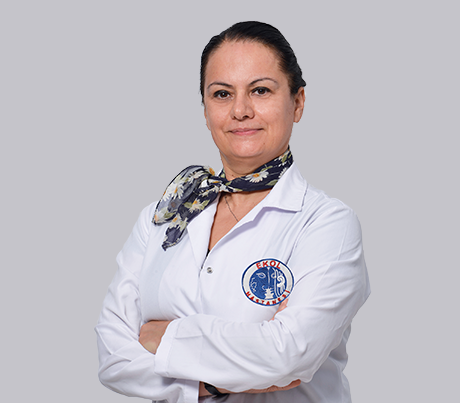 Born in Cyprus Serdarlı, he graduated from Nicosia Turkish High School. He graduated from Dokuz Eylul University Faculty of Medicine.
He completed his specialization in Atatürk Health Site Yeşilyurt State Hospital with his thesis on the comparison of the rear camera lens application and the front camera lenses, which was started to be applied for the first time in the clinic under the management of Zühal Çakırca, the clinical chief. She worked as a contact lens center in İzmir for three years and then as chief physician at Karşıyaka Kızılay Fatma Kutluay Dispensary.
He continued to work in Karşıyaka by establishing the Private Yalı Polyclinic in 2005 and the Private Yalı Eye Health Branch Center in 2007, his special interests are refraction and contact lenses.
He is a member of the Turkish Ophthalmology Association.
Born in Cyprus Serdarlı, he graduated from Nicosia Turkish High School. He graduated from Dokuz Eylul University Faculty of Medicine.
He completed his specialization in Atatürk Health Site Yeşilyurt State Hospital with his thesis on the comparison of the rear camera lens application and the front camera lenses, which was started to be applied for the first time in the clinic under the management of Zühal Çakırca, the clinical chief. She worked as a contact lens center in İzmir for three years and then as chief physician at Karşıyaka Kızılay Fatma Kutluay Dispensary.
He continued to work in Karşıyaka by establishing the Private Yalı Polyclinic in 2005 and the Private Yalı Eye Health Branch Center in 2007, his special interests are refraction and contact lenses.
He is a member of the Turkish Ophthalmology Association.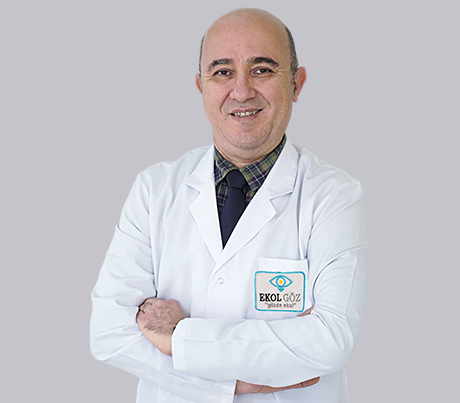 He graduated from Ege University Faculty of Medicine in 1989. Specialization he completed his education in Izmir Education and Research between 1991-1994. He completed his Ophthalmology Department at the Hospital. International A large number of scientific articles included in scientific indexes have been published. Numerous oral and poster presentations to national and international scientific meetings has a presentation. He is an active member of the Turkish Ophthalmology Association (TOD). Fluent in English, Opr. Dr. Gazi Duman is married and has two children. Special interests: Cataract Surgery (multifocal, trifocal, toric intraocular lenses) Cataract Surgery with Laser (Femtosecond Laser Cataract) Excimer Laser Surgery (Lasik, Lasek, PRK) Medical and Surgical Retina Eyelid Surgery Strabismus Surgery
He graduated from Ege University Faculty of Medicine in 1989. Specialization he completed his education in Izmir Education and Research between 1991-1994. He completed his Ophthalmology Department at the Hospital. International A large number of scientific articles included in scientific indexes have been published. Numerous oral and poster presentations to national and international scientific meetings has a presentation. He is an active member of the Turkish Ophthalmology Association (TOD). Fluent in English, Opr. Dr. Gazi Duman is married and has two children. Special interests: Cataract Surgery (multifocal, trifocal, toric intraocular lenses) Cataract Surgery with Laser (Femtosecond Laser Cataract) Excimer Laser Surgery (Lasik, Lasek, PRK) Medical and Surgical Retina Eyelid Surgery Strabismus Surgery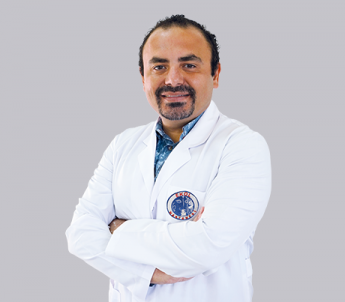 He graduated from Dokuz September University Faculty of Medicine in 2005. September 2005-2010, he completed his specialty education in the Department of Ophthalmology of the Faculty of Medicine of Dokuz Eylül University and earned the title of ophthalmologist. Dec.
He has published a large number of scientific articles that have entered international scientific indexes. There are many oral and poster presentations to national and international scientific meetings. He is an active member of the Turkish Ophthalmology Association (TOD), the American Academy of Ophthalmology Association and the European Society of Cataract and Refractive Surgeons. He won the European Ophthalmology Qualification Exam (European Board of Ophthalmology) and became a FEBO.
Opr, who is married and has 1 child. Dr. Hüseyin Aslankara speaks English well.
Special interests:
Retinal Diseases and Vitreoretinal Surgery
Cataract Surgery (multifocal, trifocal, toric intraocular lenses)
Cataract Surgery with Laser (Femtosecond Laser Cataract)
Excimer Laser Surgeries (Lasik, Lasek, PRK)
Strabismus Treatment and Surgery
Children's Eye Diseases
Eye Pressure (Glaucoma) Treatment and Operations
Retinopathy of Prematurity and Its Treatment
Eyelid Surgeries
He graduated from Dokuz September University Faculty of Medicine in 2005. September 2005-2010, he completed his specialty education in the Department of Ophthalmology of the Faculty of Medicine of Dokuz Eylül University and earned the title of ophthalmologist. Dec.
He has published a large number of scientific articles that have entered international scientific indexes. There are many oral and poster presentations to national and international scientific meetings. He is an active member of the Turkish Ophthalmology Association (TOD), the American Academy of Ophthalmology Association and the European Society of Cataract and Refractive Surgeons. He won the European Ophthalmology Qualification Exam (European Board of Ophthalmology) and became a FEBO.
Opr, who is married and has 1 child. Dr. Hüseyin Aslankara speaks English well.
Special interests:
Retinal Diseases and Vitreoretinal Surgery
Cataract Surgery (multifocal, trifocal, toric intraocular lenses)
Cataract Surgery with Laser (Femtosecond Laser Cataract)
Excimer Laser Surgeries (Lasik, Lasek, PRK)
Strabismus Treatment and Surgery
Children's Eye Diseases
Eye Pressure (Glaucoma) Treatment and Operations
Retinopathy of Prematurity and Its Treatment
Eyelid Surgeries